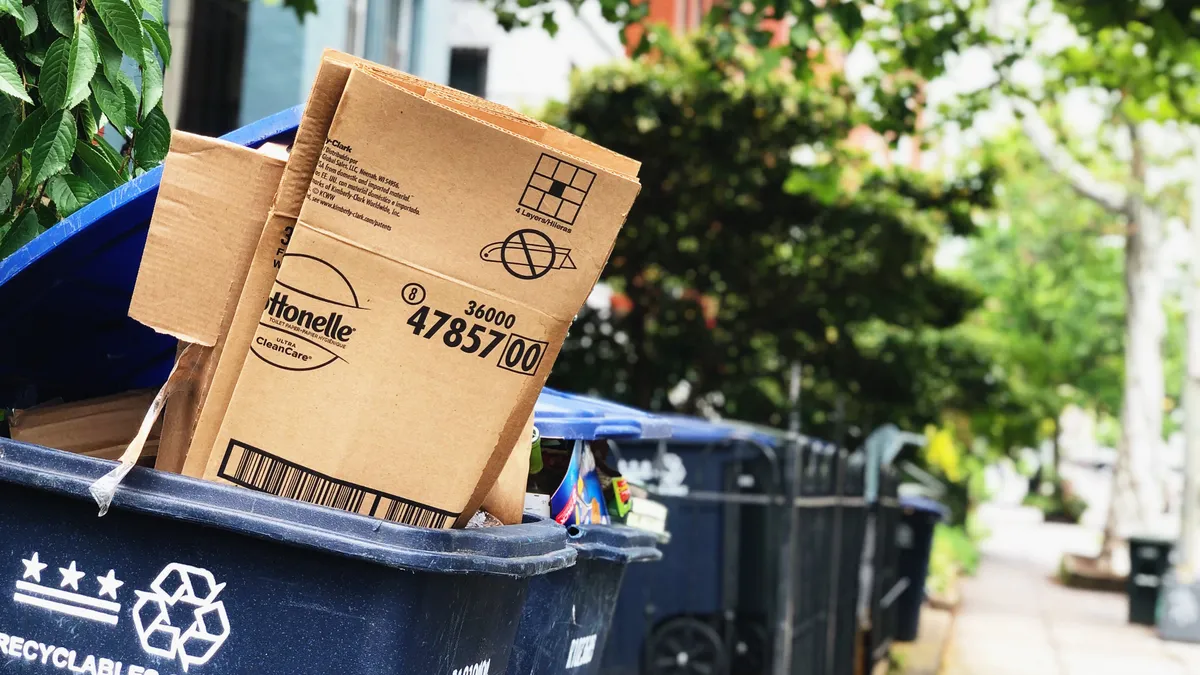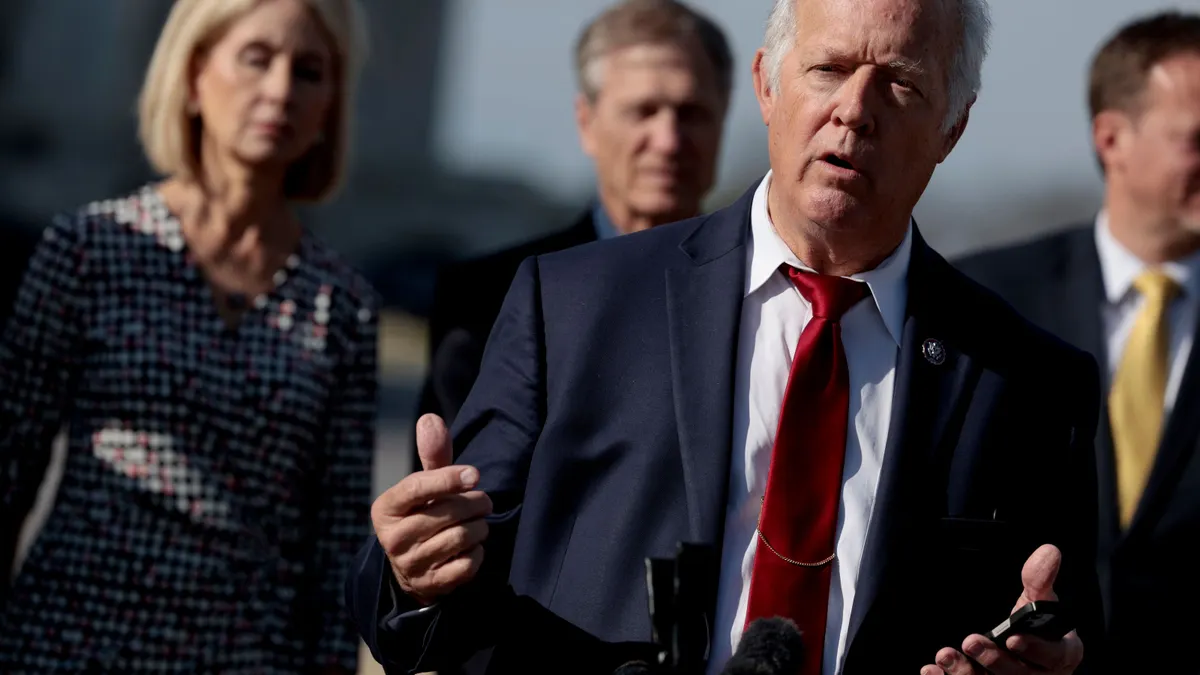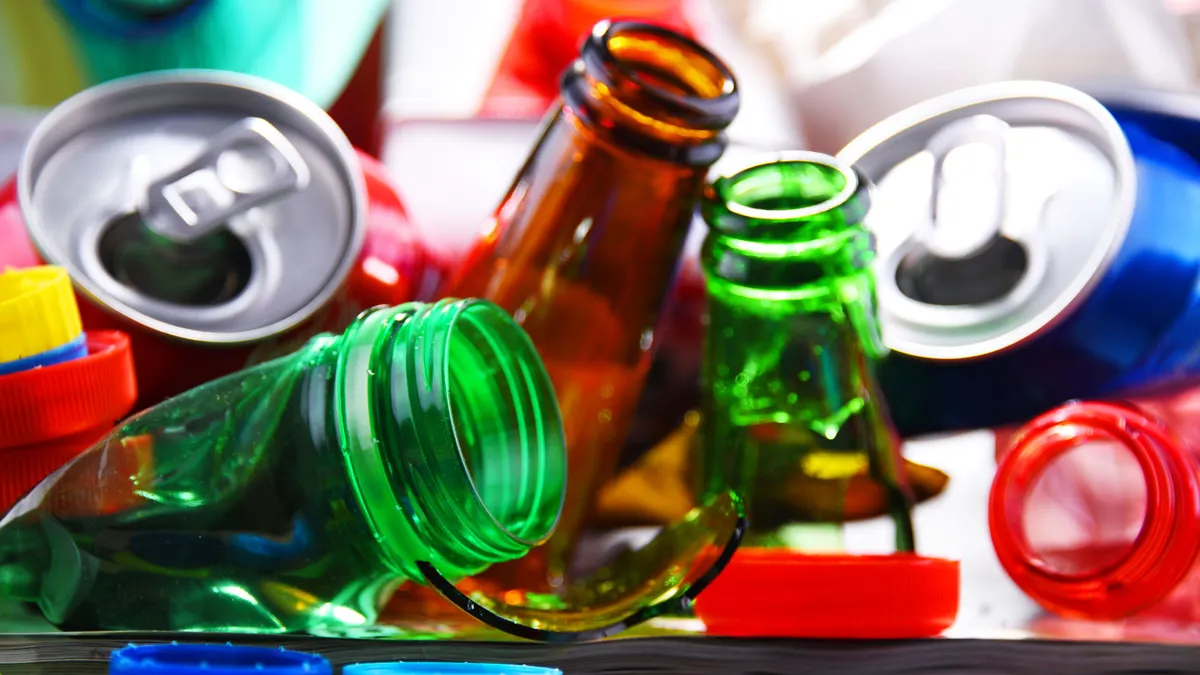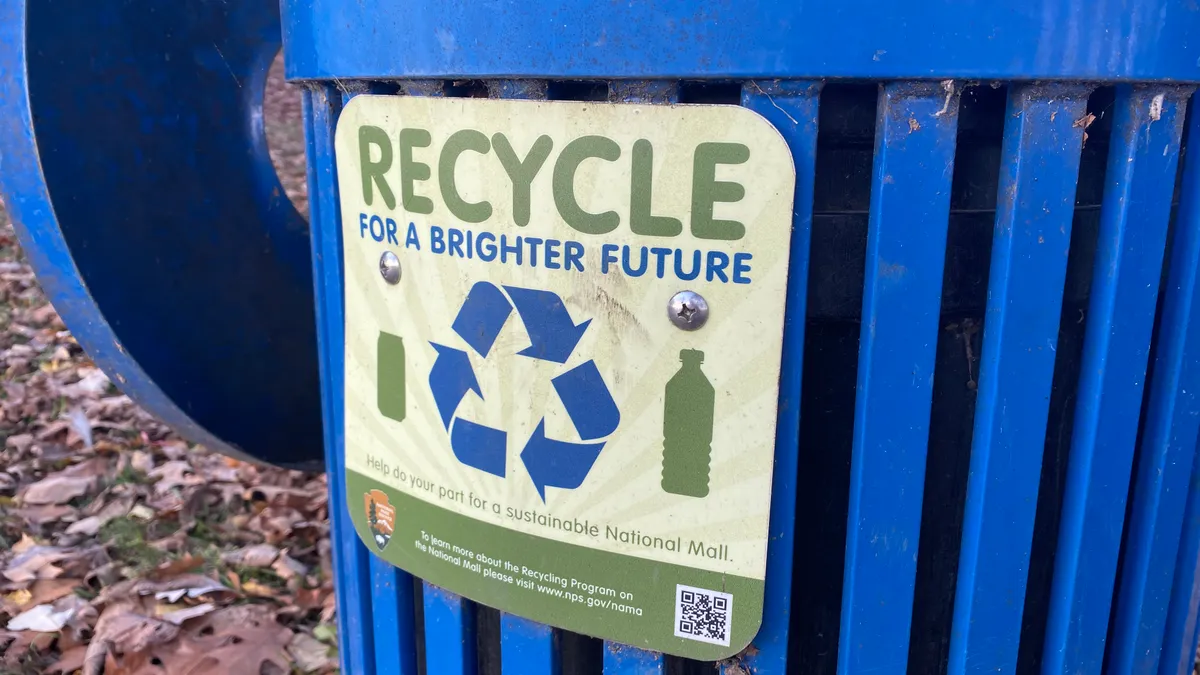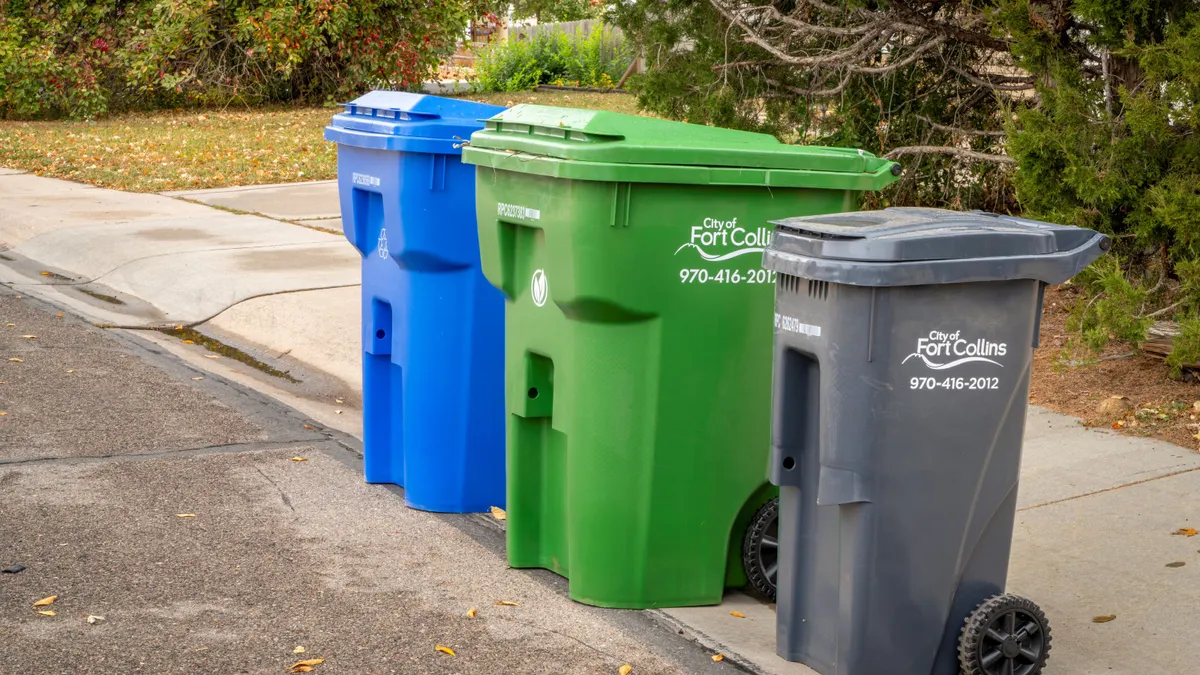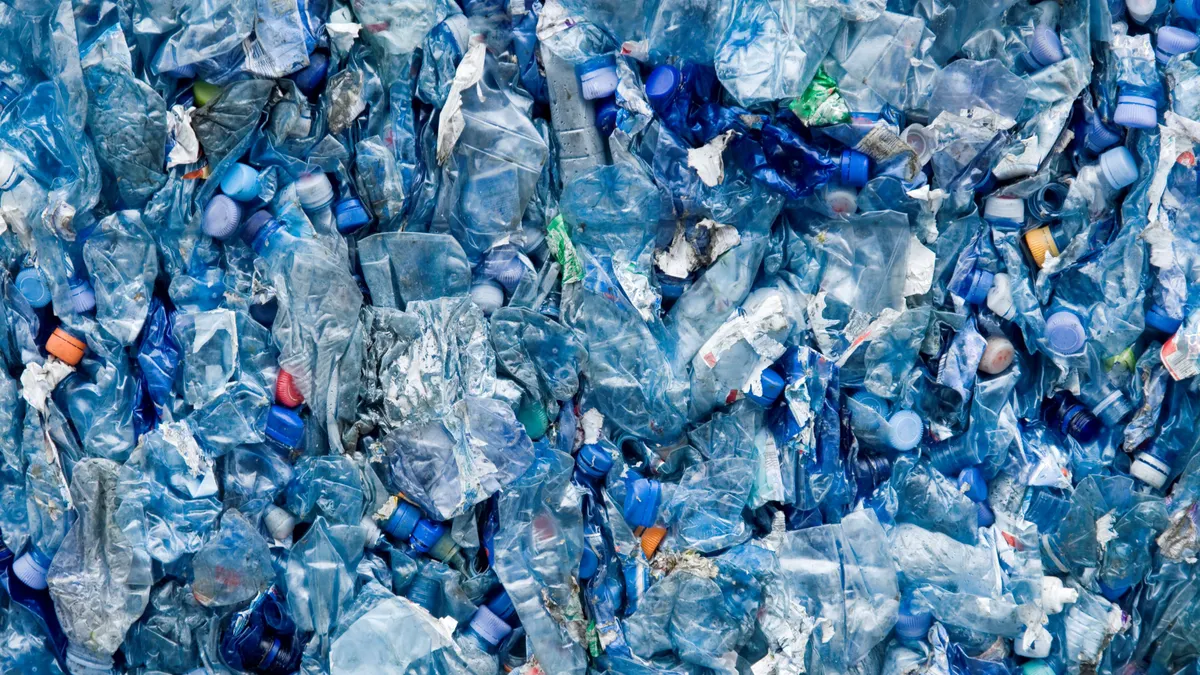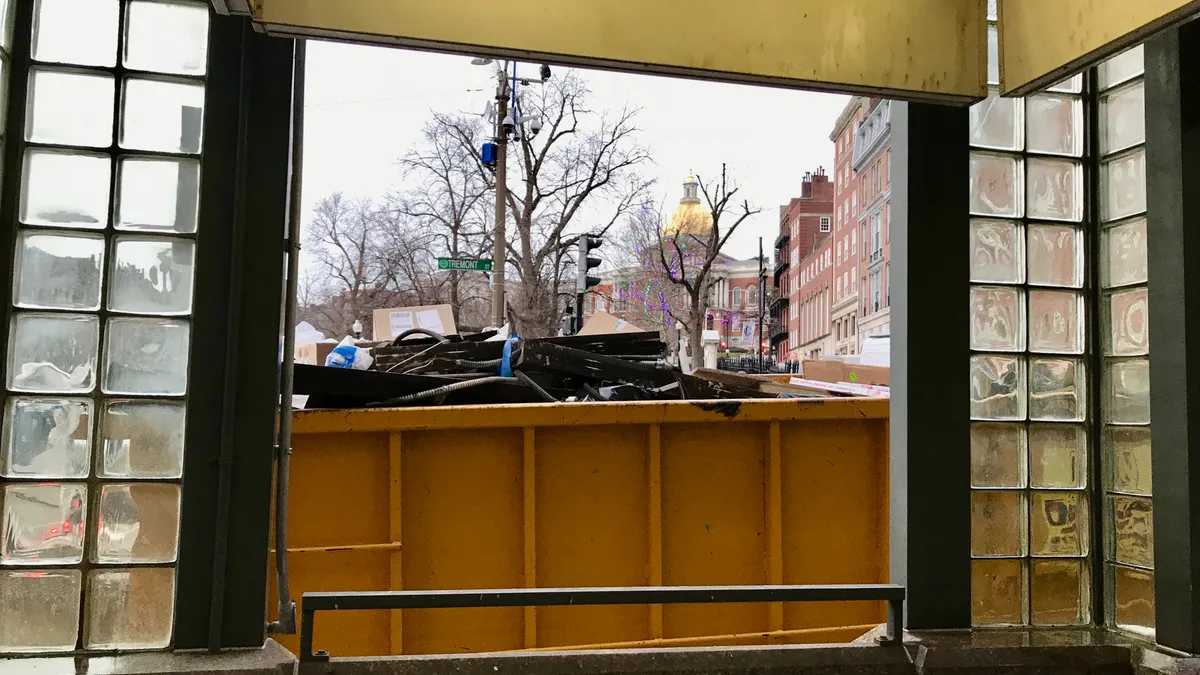Ryan Smith is founder and CEO of Recyclops, a technology startup that aims to provide recycling services to communities that lack access.
Recycling isn’t easy. Nor is it cheap. This is primarily because much of our infrastructure — from manufacturing to the supply chain to the end of life for products and materials — was not built with circularity or recycling in mind. Now, as the world awakens to the importance of sustainability, we’re attempting to retrofit systems that were built to landfill waste.
Though we’re making progress, there remains a lot of ground to cover. According to the latest data from the U.S. EPA, we’re still disposing nearly 62% of our municipal solid waste (down slightly from prior years). At the same time, as of 2018, the amount of waste generated per person per day has inched up to 4.9 pounds. This has likely increased over the last couple years as the pandemic and the ease of online buying have changed consumption patterns.
So, what needs to shift if we are to significantly reduce the disposal percentage? To start, we must make sustainable solutions like recycling more accessible.
Making recycling more accessible
Today, according to The Recycling Partnership, approximately 40 million U.S. households don’t have access — or experience inequitable access — to convenient at-home recycling. This doesn’t even take into consideration the communities that lack robust recycling programs that allow for the processing of glass and other more difficult-to-recycle materials.
For many rural areas or smaller municipalities, the cost of running a recycling program is prohibitive. Municipalities typically hire private companies to manage recycling, and until 2017, these private companies would export some of the material to China for inexpensive processing. That all changed in 2017 when China banned the importation of certain recyclables and set new quality standards.
This policy had a major, and immediate, ripple effect in the global recyclables market. Many private recycling companies were left with nowhere to send some of their recyclables. As they sought out other, more expensive alternatives for processing, these companies raised rates on municipalities or ceased service altogether.
The pandemic has only further strained the system. Many curbside recycling programs across the U.S. were annihilated due to the pandemic and cost of maintaining these programs. Many also simply don’t have the human power anymore to facilitate pickups as they’ve had to scale back on staff.
This then raised the question of why should this cost burden be put on municipalities and, ultimately, citizens? Shouldn’t the producers of these goods and packages have some skin in the game? Enter extended producer responsibility (EPR).
Shifting some of the responsibility
This past year has seen a historic number of recycling-related bills ushered through state legislatures and some are now even being considered at the federal level. EPR legislation is traditionally more difficult to move through the system, but we’ve already seen two packaging EPR bills pass this year, along with several plastic bans and other mandates calling for greater recycled content in packaging sold.
In fact, some have referred to 2021 as a breakout year for EPR laws. Maine was the first to pass an EPR law for packaging, with Oregon hot on its tail. This trend is likely to continue across the U.S. over the next couple of years. Even without EPR laws, many states are at the very least beginning to crack down on waste and recycling, aiming to turn more of the responsibility over to brands, especially as municipal recycling programs become more expensive to operate.
There have been new regulations on certain single-use plastics in states such as Rhode Island and California, for things like delivery food containers and straws. Other states are targeting the use of plastic bags, plastic shipping envelopes and cushioning, as well as polystyrene foam. Regardless, it’s clear brands will have to start thinking about more sustainable solutions when it comes to packaging.
But, for most, this is easier said than done. There are simply some materials for which there is no other viable alternative currently or that are harder to recycle than others.
It’s no secret there’s dissenting opinion when it comes to EPR programs. On the one hand, they can help create more sustainable packaging and reduce overall waste. Perhaps most importantly, the programs can alleviate the cost burden of recycling from taxpayers, therefore equalizing it across the board and making recycling more accessible to all, no matter where they live.
On the other hand, when not implemented correctly, EPR programs can create supply and demand issues as well as tremendous costs for brands, which could force price increases on their products that are ultimately passed along to the consumer.
Logistics as a solution
Most brands want to do the right thing. Many have implemented social and environmental impact initiatives and are working hard to evaluate their current practices and develop more sustainable solutions. But for many, this requires a significant investment in research and development, specifically around new packaging materials or developing methods for their customers to easily (and reliably) recycle their products.
For instance, Ben & Jerry’s, an established brand with an eye on sustainability, invested heavily in R&D to reimagine their packaging in 2018 after realizing the two-sided plastic resin and polyethylene coating used to preserve the integrity of the pint container was not reusable, recyclable or compostable. So far, they’ve figured out a way to substitute a plant-based polyethylene and move to a one-sided coating. But they admit that developing a pint package that is recyclable and compostable has required a considerable amount of time and money — not something that’s always available to smaller or newer brands.
This is the challenge most brands are up against. As they continue R&D and innovation efforts, some are exploring the creation of more flexible collection systems to extend the life of materials or keep them out of the waste stream entirely.
For example, online secondhand retailer ThredUp is partnering with apparel brands to facilitate trade-in, give-back and buyback programs for customers. A variety of brands’ use cases have shown that many recycling issues can be addressed by opening up access. That might mean access to the right partners or it might mean access to the right collection systems. Logistics is at the root of both and is also at the core of making recycling more available to consumers, regardless of where they live.
If we are to truly realize a reduction in what gets disposed and make recycling more accessible, we need to move beyond traditional collection methods and explore more flexible systems. This will empower brands to truly optimize for environmental outcomes, instead of having to choose between impact and recyclability.
When the ultimate goal is for packaging and other waste materials to avoid the landfill or incinerator, we need to work together through partnerships and distribute the responsibility more evenly. Strict mandates without solutions won’t fix anything. We need brands, municipalities, consumers and recycling innovators to come together to build solutions that work for all.
Contributed pieces do not reflect an editorial position by Waste Dive.
Do you have an opinion on this issue, or other topics we cover? Submit an op-ed.

